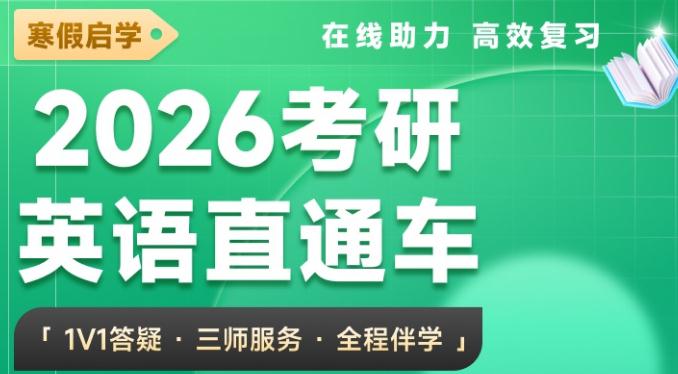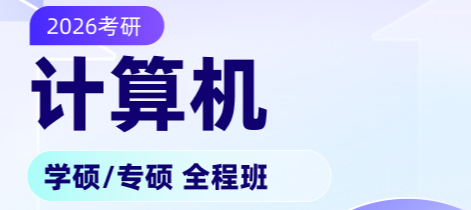1998-2022 ChinaKaoyan.com Network Studio. All Rights Reserved. 沪ICP备12018245号
2022年考研英语二阅读理解Text3真题(文字版)
2022年考研英语二阅读理解Text 3真题如下
Section II Reading Comprehension
Part A
Directions:
Read the following four texts. Answer the questions after each text by choosing A, B, C or D. Mark your answers on the ANSWER SHEET. (40 points)
Text 3
We have all encountered them, in both our personal and professional lives. Think about the times you felt tricked or frustrated by a membership or subscription that had a seamless sign-up process but was later difficult to cancel. Something that should be simple and transparent can be complicated, intentionally or unintentionally, in ways that impair consumer choice. These are examples of dark patterns.
First coined in 2010 by user experience expert Harry Brignull, “dark patterns" is a catch-all term for practices that manipulate user interfaces to influence the decision-making ability of users. Brignull identifies 12 types of common dark patterns, ranging from misdirection and hidden costs to “roach motel”, where a user experience seems easy and intuitive at the start, but turns difficult when the user tries to get out.
In a 2019 study of 53,000 product pages and 11,000 websites, researchers found that about one in 10 employs these design practices. Though widely prevalent, the concept of dark patterns is still not well understood. Business and nonproft leaders should be aware of dark patterns and try to avoid the gray areas they engender.
Where is the line between ethical, persuasive design and dark patterns? Businesses should engage in conversations with IT, compliance, risk, and legal teams to review their privacy policy, and include in the discussion the customer/user experience designers and coders responsible for the company's user interface, as well as the marketers and advertisers responsible for sign-ups, checkout baskets, pricing, and promotions. Any or all these teams can play a role in creating or avoiding “digital deception.”
Lawmakers and regulators are slowly starting to address the ambiguity around dark patterns, most recently at the state level. In March, the California Attorney General announced the approval of additional regulations under the California Consumer Privacy Act (CCPA) that “ensure that consumers will not be confused or misled when seeking to exercise their data privacy rights.” The regulations aim to ban dark patterns- this means prohibiting companies from using "confusing language or unnecessary steps such as forcing them to click through multiple screens or listen to reasons why they shouldn’t opt out.”
As more states consider promulgating additional regulations, there is a need for greater accountability from within the business community. Dark patterns also can be addressed on a self-regulatory basis, but only if organizations hold themselves accountable, not just to legal requirements, but also to industry best practices and standard.
31. It can be learned from the first two paragraphs that dark patterns ______.
[A] improve user experiences
[B] leak user information for profit
[C] undermine users’ decision-making
[D] remind users of hidden costs
32. The 2019 study on dark patterns is mentioned to show ______.
[A] their major flaws
[B] their complex designs
[C] their severe damage
[D] their strong presence
33. To handle digital deception, businesses should ______.
[A] listen to customer feedback
[B] talk with relevant teams
[C] turn to independent agencies
[D] rely on professional training
34. The additional regulations under the CCPA are intended to ______.
[A] guide users through opt-out processes
[B] protect consumers from being tricked
[C] grant companies data privacy rights
[D] restrict access to problematic content
35. According to the last paragraph, a key to coping with dark patterns is ______.
[A] new legal requirements
[B] businesses' self-discipline
[C] strict regulatory standards
[D] consumers' safety awareness
来源未注明“中国考研网\考研信息网”的资讯、文章等均为转载,本网站转载出于传递更多信息之目的,并不意味着赞同其观点或证实其内容的真实性,如涉及版权问题,请联系本站管理员予以更改或删除。如其他媒体、网站或个人从本网站下载使用,必须保留本网站注明的"稿件来源",并自负版权等法律责任。
来源注明“中国考研网”的文章,若需转载请联系管理员获得相应许可。
联系方式:chinakaoyankefu@163.com
- 2026考研英语全程班 6班
- 权威高配师资亲授技巧,教研千锤百炼科学提分。直录播课相结合精讲互动二合一,专业团队精细化作文批改。讲练结合,随学随练稳步提升。支持试听~
- 主讲团队:王江涛、谭剑波、董仲蠡、许聪杰、陈志超、潘赟、郑艳彤、易熙人

扫码关注
了解考研最新消息












